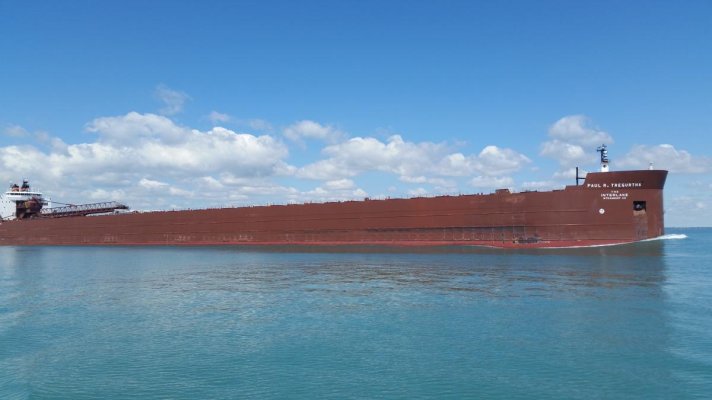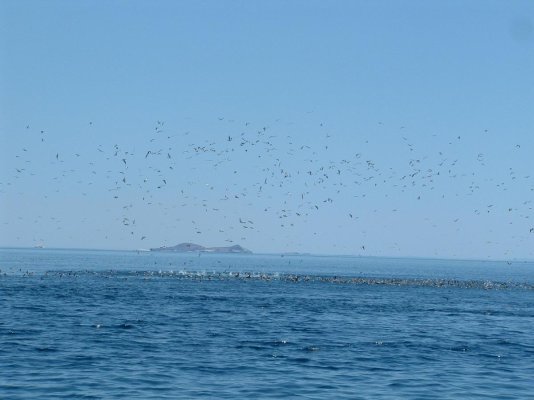twistedtree
Guru
We are currently on a passage from Victoria, BC to San Francisco, and I'm trying to kill time on the graveyard shift.
We are passing occasional fishing boats coming in the opposite direction, and it's interesting to see what detects their approach first.
AIS picks them up first at about 13-14 miles. My antenna is about 35' above the water line.
But at just about the same time, say 12 miles, I can start to see their lights. They are lit up very brightly, and at first it's just a glow in the otherwise pitch black night Then I see a steady light at about 10 miles.
Last is the radar, which doesn't start to show a good return until about 8 miles. It's a very good radar, 12k open array, and about 30' off the water.
This all makes sense given the height of everything. But it's also a good illustration of what range is important on a radar. People often get in a twit over whether a radar has a max range of 24, 48, or 96 miles. Unless you are Captain Cook looking for new lands over the horizon, it just doesn't matter since you aren't going to pick up anything closer than 8-12 miles anyway.
We are passing occasional fishing boats coming in the opposite direction, and it's interesting to see what detects their approach first.
AIS picks them up first at about 13-14 miles. My antenna is about 35' above the water line.
But at just about the same time, say 12 miles, I can start to see their lights. They are lit up very brightly, and at first it's just a glow in the otherwise pitch black night Then I see a steady light at about 10 miles.
Last is the radar, which doesn't start to show a good return until about 8 miles. It's a very good radar, 12k open array, and about 30' off the water.
This all makes sense given the height of everything. But it's also a good illustration of what range is important on a radar. People often get in a twit over whether a radar has a max range of 24, 48, or 96 miles. Unless you are Captain Cook looking for new lands over the horizon, it just doesn't matter since you aren't going to pick up anything closer than 8-12 miles anyway.



